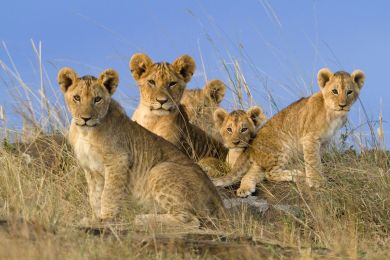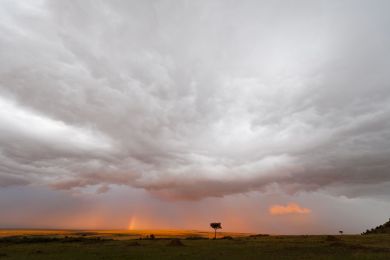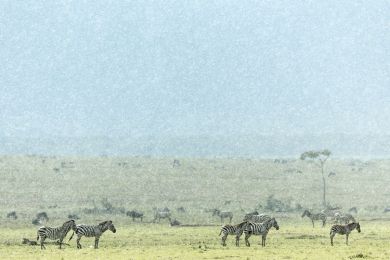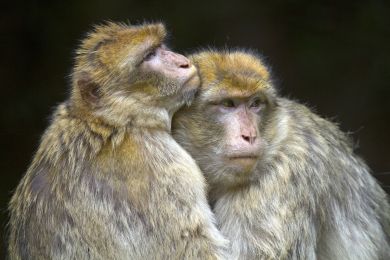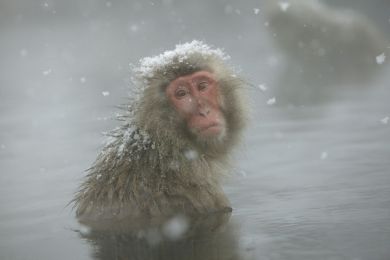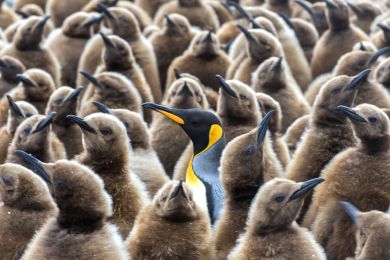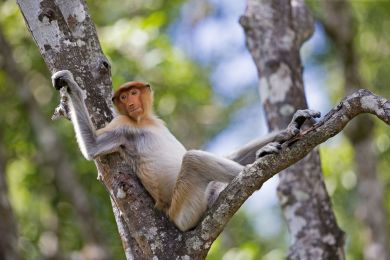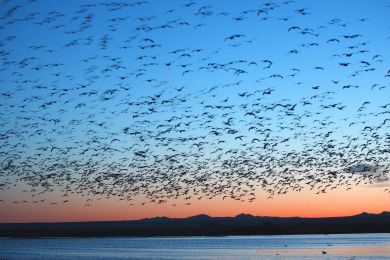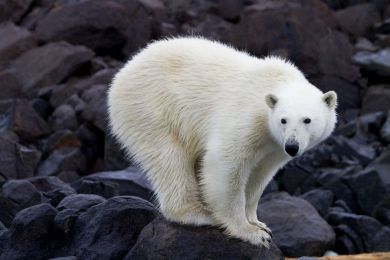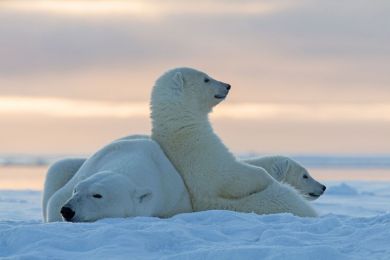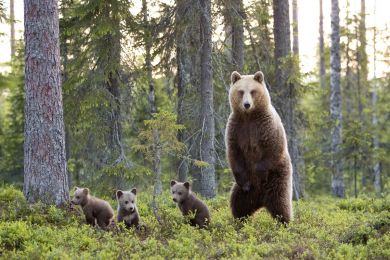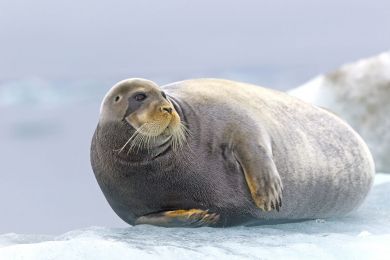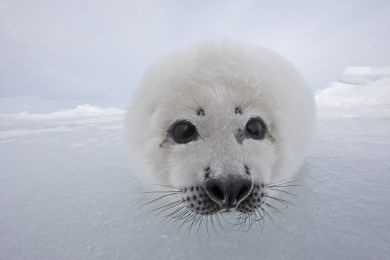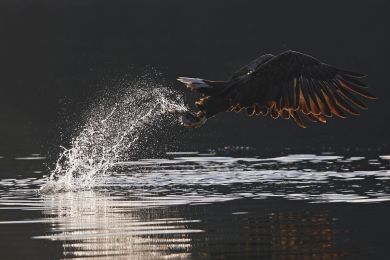By buying this product you can collect up to 178 loyalty points. Your cart will total 178 points that can be converted into a voucher of 35,60 €.
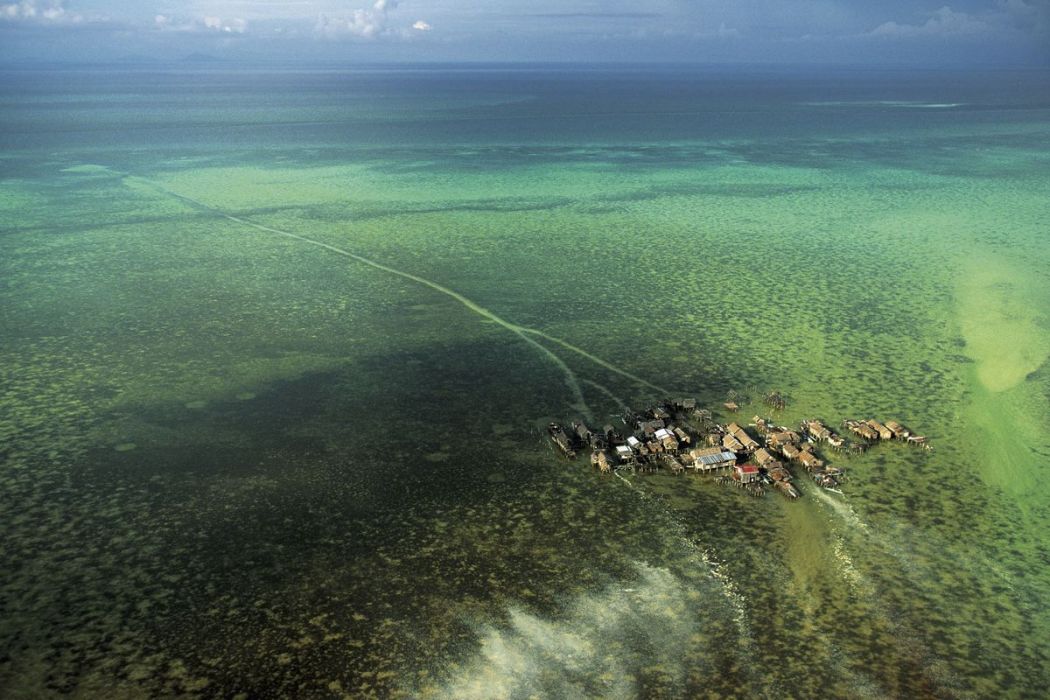 View larger
View larger
Picture information
Village on stilts, Philippines
Yann ARTHUS-BERTRAND
Art photography by Yann ARTHUS-BERTRAND of a village on stilts in Tongkil in Philippines, Samales Islands, where the Badjaos, known as “sea gypsies”, fish and gather shellfish and pearl oysters.
Data sheet
| Orientation | Landscape |
| Color | Green |
Village on stilts, Philippines
Yann ARTHUS-BERTRAND
Art photography by Yann ARTHUS-BERTRAND of a village on stilts in Tongkil in Philippines, Samales Islands, where the Badjaos, known as “sea gypsies”, fish and gather shellfish and pearl oysters.
Fine Art Photography
Print by Experts
100 % Made In France
A recognized expertise, a search of permanent quality.
Printed by a professional photographic laboratory.
All prints are made to order, controlled by the Technical Director.
A certificate of authenticity is provided with each photograph.
Framework made by selected materials to give you the best results. every step of the processing is monitoring by experts.
Loyalty points
Gift Card
Don't miss the opportunity to do the best present...
The whole Yann Arthus-Bertrand photos available with Hemisgalerie gift card.
Lets your guest choose the best image.
Amount from 50 €, create and download directly on our website, valid for one year including promotions.
The original gift for all events
More info
The southern Philippines, and particularly the Sulu Archipelago that includes the Samales Islands, are home to the Badjaos. Known as “sea gypsies”, they fish and gather shellfish and pearl oysters and live in villages on stilts, such as the one seen here. A channel carved in the coral reef allows them to reach the open sea. The Badjaos belong to the Philippines’ Muslim minority, which makes up 5 percent of the population in a country of catholic majority, where they have long been discriminated against. Though the area’s exceptional nature is ideal for tourism, the industry is having trouble developing due to armed communist insurrections and Muslim separatist movements based in the south of the country. These conflicts have rocked the Philippine Islands since the early 1970s and have caused 120.000 casualties in three decades. Talks and ceasefires alternate with periods of violence in this country where 40 percent of the population lives beneath the poverty threshold, birthrate is among the highest in Asia and the economy depends heavily on the diaspora.



















































